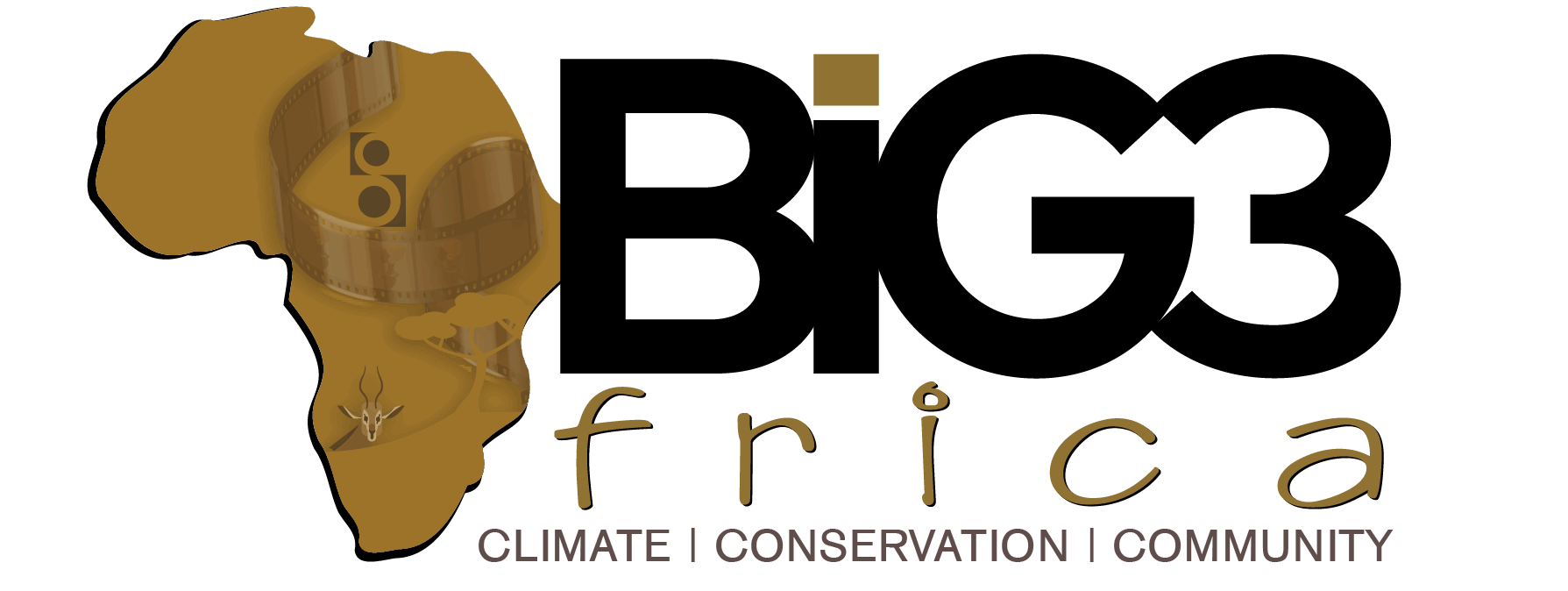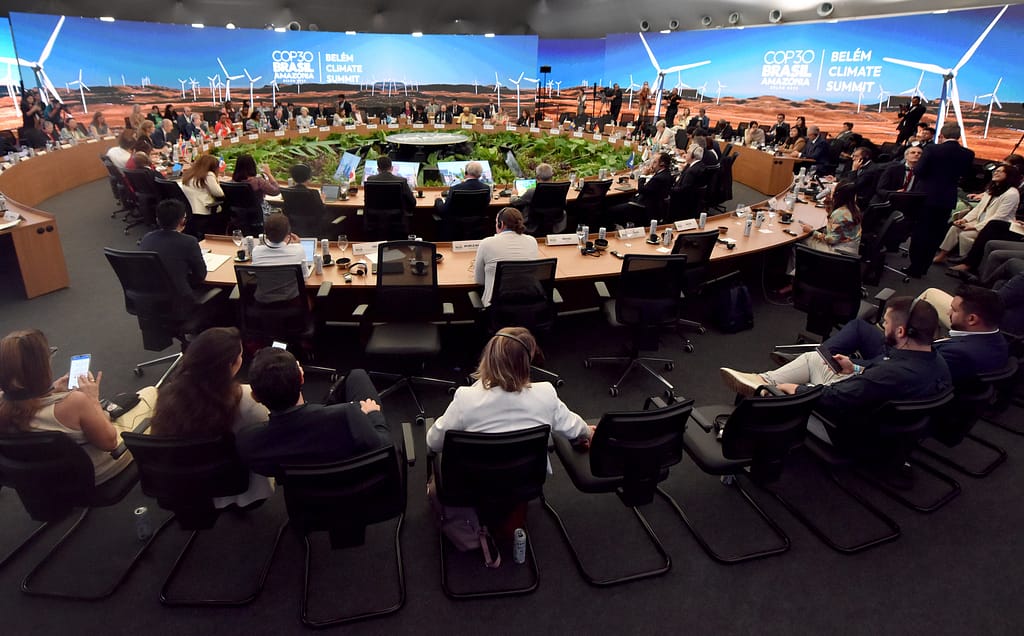By Big3Africa News Desk
As negotiators, scientists and activists gather in Belém, Brazil, for COP30, a new bulletin from the World Meteorological Organization (WMO) has cast a long and urgent shadow over the talks.
The State of the Climate Update for COP30, paints a picture of a planet warming faster, seas rising higher, and extreme weather becoming deadlier and more frequent.
The report confirms that the last decade has shattered climate records with relentless consistency.
Each year from 2015 to 2025 is projected to rank among the warmest ever recorded, with 2023, 2024 and 2025 emerging as the hottest years in the observational timeline.
Scientists warn that this trend signals the Earth’s climate system is entering uncharted territory, where extremes are the new normal rather than the exception.
Between January and August this year, global temperatures averaged about 1.42°C above pre-industrial levels, an indication of how rapidly the world is approaching the 1.5°C limit set under the Paris Agreement.
The WMO notes that greenhouse gas concentrations, already at record levels in 2024, have continued their upward climb into 2025, locking the world into further warming regardless of near-term emissions cuts.
The oceans, which are the planet’s main buffer against global heating, are absorbing much of this excess energy. Ocean heat content rose to unprecedented levels in 2024 and continues to surge, contributing to widespread marine heatwaves that threaten coral reefs, fisheries and coastal livelihoods.

The cryosphere, too, is giving way where Arctic Sea ice reached the lowest winter extent ever recorded, while Antarctic ice hovered drastically below long-term averages.
Sea levels, pushed upward by melting ice and expanding warmer waters, continue their steady rise. Even temporary natural variations have failed to dampen the long-term trajectory, leaving millions of coastal residents and low-lying nations facing heightened flood risks.
These global shifts are already translating into real-world consequences. From savage heatwaves and ravaging wildfires to destructive floods and storms and climate-fueled disasters are now occurring with increasing frequency and severity across continents.
The WMO notes that these extremes are undermining food security, destroying infrastructure, and displacing communities at unprecedented scale.
Yet amid the worrying trends, the update highlights areas of progress. More countries than ever before are investing in early-warning systems, which have more than doubled globally since 2015.
Even so, the gap remains glaring as about 40 percent of countries still lack adequate early warning coverage, leaving millions vulnerable to fast-moving hazards.
For Africa, the findings are deeply consequential. Eastern and Horn of Africa nations have faced a series of climate shocks over the past decade, from severe droughts to deadly floods. The WMO’s update reinforces that these events are not isolated anomalies but part of a broader, intensifying pattern that demands robust adaptation and resilience measures.
The timing of the report is deliberate. COP30 is viewed as a pivotal climate summit, where countries are expected to present stronger Nationally Determined Contributions (NDCs) and chart a path toward more ambitious emissions reductions. It is also a moment to confront the widening gap between pledges and the unfolding climate reality.
WMO Secretary-General Celeste Saulo delivered the report’s message with urgency that the world is rapidly running out of time to prevent deeper planetary destabilization. Overshooting the 1.5°C threshold, she warned, is becoming increasingly likely unless immediate and far-reaching action is taken.
For negotiators gathered in Belém, the science provides both a warning and a guide. The future trajectory of global warming hinges on decisions made now such as phasing out fossil fuels, scaling up renewable energy, financing adaptation, and ensuring vulnerable nations are not left behind.




